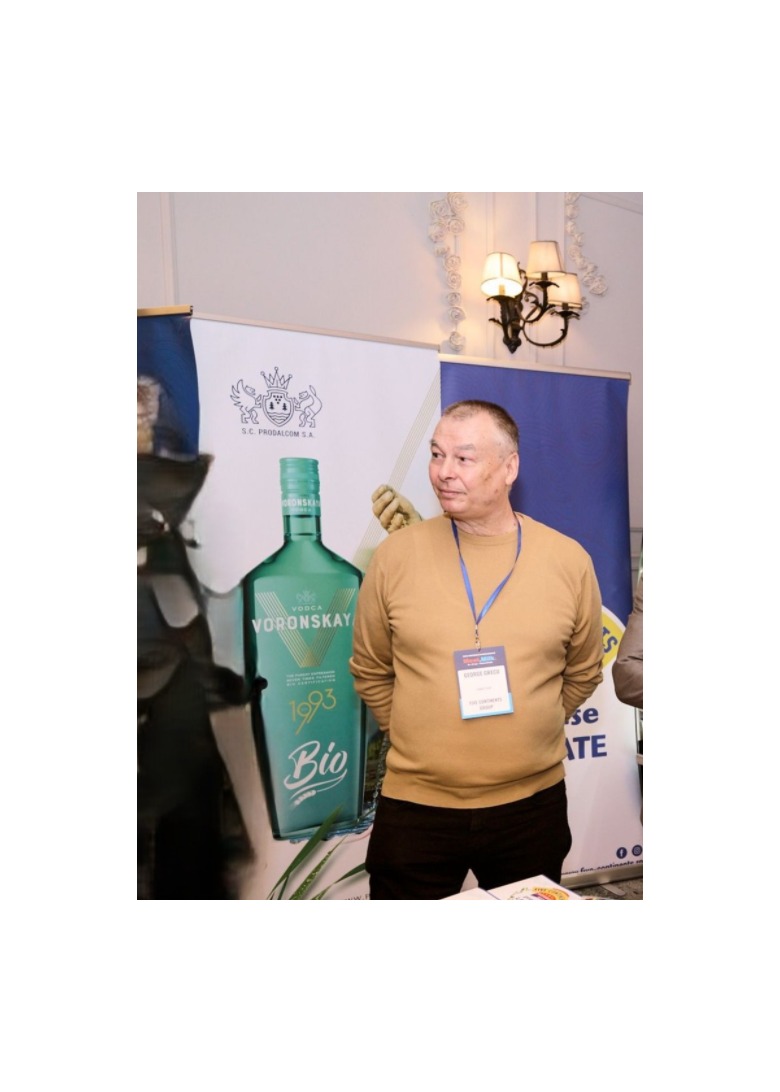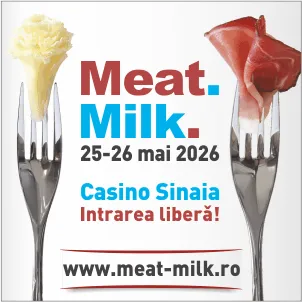861

Part I
Adherence to product standards developed over the years and now regarded, to some extent, as indicators of quality (NTR, STR, SP, SR, etc. — even though Romanian legislation allows certain provisions from product standards to be non-mandatory) should be a common objective for all actors in the dairy market.
Unfortunately, numerous exaggerations have emerged in the market, with so-called “marketing gimmicks” being used to promote products already well known to consumers, where defects in quality—explicitly defined in standards—are presented as great achievements on the packaging (e.g. colored varieties, fat plugs, fat percentage or fat/dry matter ratios differing from standards, various dry substance contents, etc.).
Examples of Standards in Romania
- SP 389-96 – Professional Standard
- SR 3664:2008 – Fresh Cow’s Cheese
- SR 1286:1997 + A1 – Semi-hard Cheese (Cașcaval)
- STAS 3665:1999 – Yogurt
- STR 504:1991 – Buttermilk
- SR 7001:2009 – Sour Cream
- STR 455:1991 – Brânză de Burduf (traditional Romanian cheese)
- SR 1981:2008 – Telemea Cheese
- SR 13439-1:2008 – Milk and Dairy Products. Vocabulary. Part 1: Drinking Milk
- SR 6345:1995 – Milk and Dairy Products. Sensory Analysis
- SR 1286:1997 – Scalded Paste Cheeses
- STAS 278-86 – Butter (version 1286:1997/A1:1997)
- SR 13438:1999 – Milk and Dairy Products. Quality Verification Rules
- SR 2418:2008 – Whole Raw Milk. Quality Requirements
- SR 143:2008 – Drinking Milk
Law No. 163/2015 on National Standardization
Effective from: July 3, 2015 Published in: Official Gazette, Part I, No. 470 of June 30, 2015
CHAPTER II – Romanian Standards
(1) Romanian standards are standards elaborated and approved within the national standardization framework. They are identified by an indicator composed of the initials SR, the standard number, and the year of publication. The SR acronym stands for “Romanian Standard” and applies exclusively to national standards. When Romanian standards adopt European and/or international standards, SR is followed by the letter combination identifying the adopted European and/or international standard.
(2) Romanian standards must contain provisions that do not contradict existing legislation.
(3) European, international, and other standardization documents are adopted nationally as Romanian standards through one of the following methods: a) confirmation note; b) confirmation sheet; c) Romanian-language version.
(4) The application of Romanian standards is voluntary.
(5) The application of a Romanian standard may become mandatory, in whole or in part, nationwide, regionally, or locally, only through regulation—when considerations of public interest, or the protection of life, health, and safety of individuals, the environment, or consumer interests, require such a measure.
Observations and Extracts from the Marketing Area – Dairy
“We only need to keep it clean, complete, and alive. We don’t homogenize, we don’t standardize, we don’t add flavors, sweeteners, milk powder, or preservatives. We process minimally, carefully, at gentle temperatures. We package it not to impress, but because it’s the safest choice for a living product.”
“In an industry where profit pressure can easily overshadow concern for consumer health, we chose the difficult path. We said NO when we were asked to make cheese from milk powder. We said NO to diluted, enhanced, or ‘tuned’ recipes. We said NO to additives that extend a product’s shelf life but not our own.”
“Our goat milk sana (fermented milk drink) is made exclusively from whole, non-homogenized milk, carefully and responsibly sourced from local partner farms. Goat milk is gentle, easy to digest, and rich in essential nutrients. We intervene only as much as necessary to transform it into this creamy and healthy product that preserves the authentic taste of fresh farm milk.”
“Because when you choose minimally processed, whole, non-standardized, non-homogenized milk pasteurized at gentle temperatures, you preserve all that nature has best to offer.”
“Even though it has a lower percentage of calories and fat, skimmed milk loses much of its nutritional value during processing. For this reason, most producers later fortify the milk with solids to restore vitamins and consistency. This process is controversial, as it does not preserve the natural structure and composition of milk. (At our company,) we keep milk whole, unstandardized—meaning we don’t mix batches to reach a uniform fat level—and non-homogenized, preserving its natural state.”
“Skimmed milk retains the nutritional composition of whole milk, but with proportionally lower values per quantity of milk.”
“The differences between two types of milk thus lie in their fat percentage, degree of processing, and nutrient content per quantity of milk.”
“To better understand what A1 and A2 proteins are, you need to know a bit about the proteins in cow’s milk. These are divided into two main categories: casein and whey.”
“However, it must be noted that these studies do not provide conclusive evidence and that many have been conducted on animals or on a limited number of human participants. The scientific community has not yet reached a consensus, and EFSA (the European Food Safety Authority) has concluded that there is insufficient evidence to consider A1 milk harmful.”
“Research on this topic is still ongoing, so it cannot be stated that one type of milk is better than another or that a particular one should be avoided. Listen to your body and choose what suits you best!”
P.S. For all the above observations and texts, I have extensive documentation from specialized literature, authoritative technological references, as well as photo and video materials showing products that engage in exaggerated marketing practices—practices that denigrate competitors, which is not permitted by law (Law No. 363/2007 on combating unfair commercial practices and harmonizing regulations with European consumer protection legislation).
Dr. Eng. George Grecu





